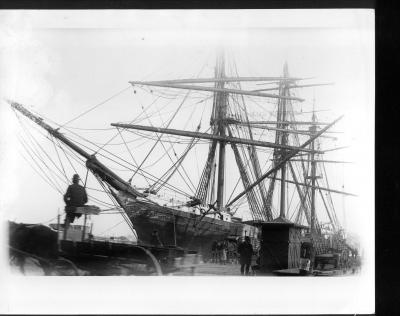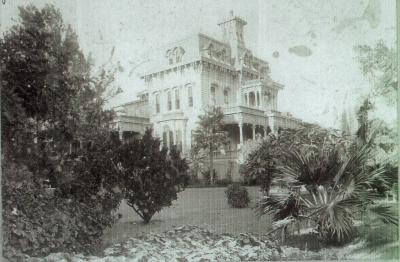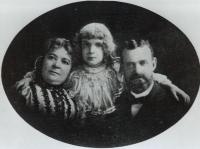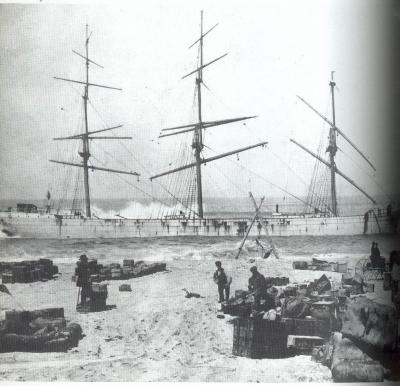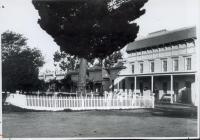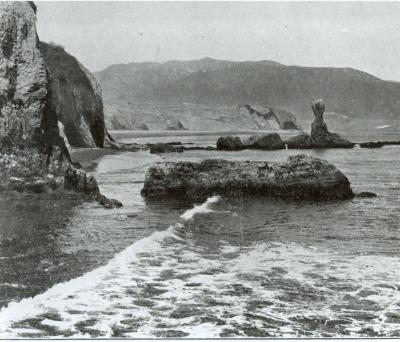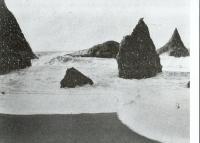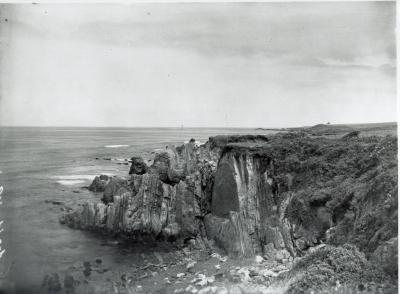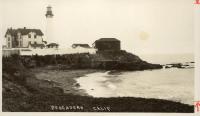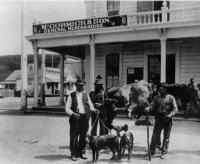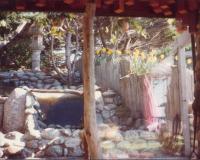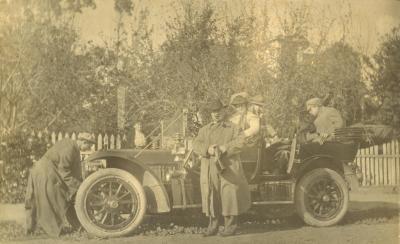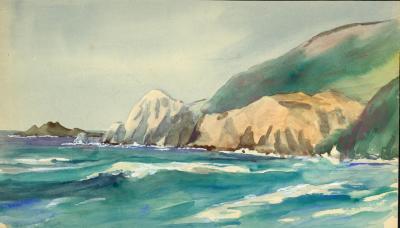Anniversary of the Shipwreck of the New York at Half Moon Bay (the longer version) Part I
Sailors all over the world were familiar with the iron ship New Yorkâs shady pastâbut her builder intended a much grander future for the experimental vessel.
As the second iron ship built in the U.S. in 1883, she was launched with great promise on the Delaware River. Originally called the T.F. Oakes, her champagne christening was good enough for a celebrity going on a voyage, the sea of waving white lace handkerchiefs, cheers and more cheers and the shrill steam whistles.
The Oakes wasnât the only celebrity. Her 42-year-old builder, the naval hero Henry Honeychurch Gorringe, was already famousâhaving masterminded in 1880 the transfer by steamer of âCleopatraâs Needleâ?, a 200-ton obelisk from Alexandria, Egypt to New Yorkâs Central Park.
Heading up the American Shipbuilding Company, Gorringe planned to build ships of the future, not of wood, but ironâmodern vessels competitive with the profitable foreign shipbuilders.
But the Oakes was a flawed vessel. Engineering errors and a reduction in speed caused by the âfoulingâ? of her iron bottom caused the Oakes to become known as a âsailing trampâ?, unable to match the competition. Gorringeâs company produced more iron ships but incompetence and an excess payroll drained remaining resources, pushing him into bankruptcy. Less than two years after the launching of the Oakes, Henry H. Gorringe died from injuries suffered in a freakish fall from a train.
By 1893 experts found it easy to predict that the Oakes would set a new record for the slowest passage from New York to San Francisco. The fastest run over the route took 111 days; the Oakes took an embarrassing 195 days.
Three years later the ship was many months late on a voyage from Hong Kong to New York. More than 259 days after beginning her voyage, the âmystery shipâ? hobbled into New York harbor, towed by the British oil tanker Kasbek. Several skippers whooped for joy, tossing their caps into the air, but other spectators were saddened at the sight.
Only 18 of the original 24-member crew survived the long voyage; scurvy, a Vitamin C deficiency, left them unable to walk without help. A strict federal law required all vessels to carry a variety of food, water and lemon juice, but the Oakes, out in the turbulent seas for more than a year, had long since run out of provisions.
Combative weather, including the terrific force of a four-day typhoon, thrust the ship, captained by Edward Reed, far off its course. Partially disabled by a paralytic stroke, Captain Reed depended upon his wife, Mary, to give commands to the crew. Since he realized the Oakes was slow anyway, Reed chose to sail by way of Cape Horn to New York, thousands of miles further than the regular route via the Cape of Good Hope..
â¦To be continuedâ¦.

